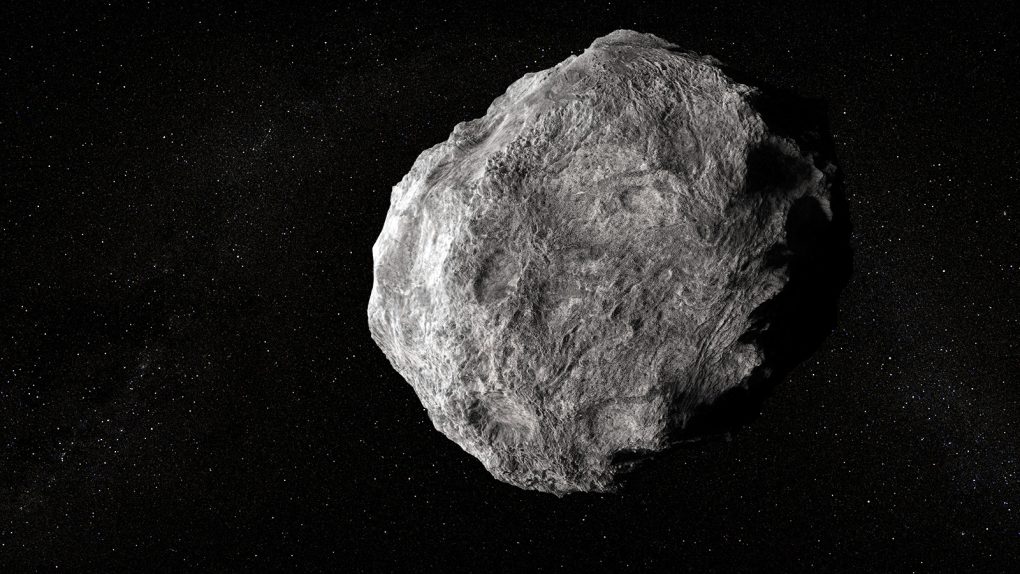The near-Earth asteroid Phaethon is set to be the center of attention during Japan’s DESTINY+ mission in 2028. As such, the Japan Aerospace Exploration Agency has been studying Phaethon quite a bit over the past several months in the lead-up to the mission’s launch in 2024. What they’ve found, though, is that this potentially hazardous asteroid is spinning faster and faster, and they aren’t quite sure why.
Because its rotational period keeps decreasing – causing the potentially hazardous asteroid to spin faster – the scientists need to predict which part of the asteroid is visible to the Sun, and which is hidden in shadow when DESTINY+ arrives at its destination. To do that, though, they first had to sort out just how big the changes in the rotational period were.
The scientists looking at the asteroid discovered that not only was the spin increasing each year, but it was increasing at a consistent rate of four milliseconds a year. As such, they should be able to accurately predict which side of the potentially hazardous asteroid will be spinning into the Sun’s light.

Knowing that exact spin rate is vital to the success of the DESTINY+ mission. If the spacecraft were to arrive at the potentially hazardous asteroid when it had spun away from the Sun’s light, we wouldn’t be able to properly observe the asteroid because of just how dark everything is. As such, predicting where it will be spinning is going to be crucial.
Further, Phaethon is just the 11th known asteroid that experience changes of this nature. And, astronomers aren’t sure why this potentially hazardous asteroid is spinning faster every year. It is possible that it could be caused by the asteroid being close to perihelion. The perihelion is the point in an asteroid’s orbit when it is closest to the Sun.
It’s possible a comet or some other celestial body could be present around that same time, creating the change in the rotational period that scientists have observed. Whatever the answer is, scientists will need to properly predict the asteroid’s spin if they want to successfully gather data from it.
It will be interesting to see how this asteroid stands up. Is it more solid or is it like the asteroid Bennu, which astronomers were shocked to discover is made up of billions of tiny pieces of pebbles and debris which exploded when OSIRIS-REx touched it.
Looking for more space news? Skywatchers can peer into the sky later this month to view the annual Orionid meteor shower. Plus, scientists now say that climate change on Mars could have been caused by ancient microbes now burrowed deep below the surface.








